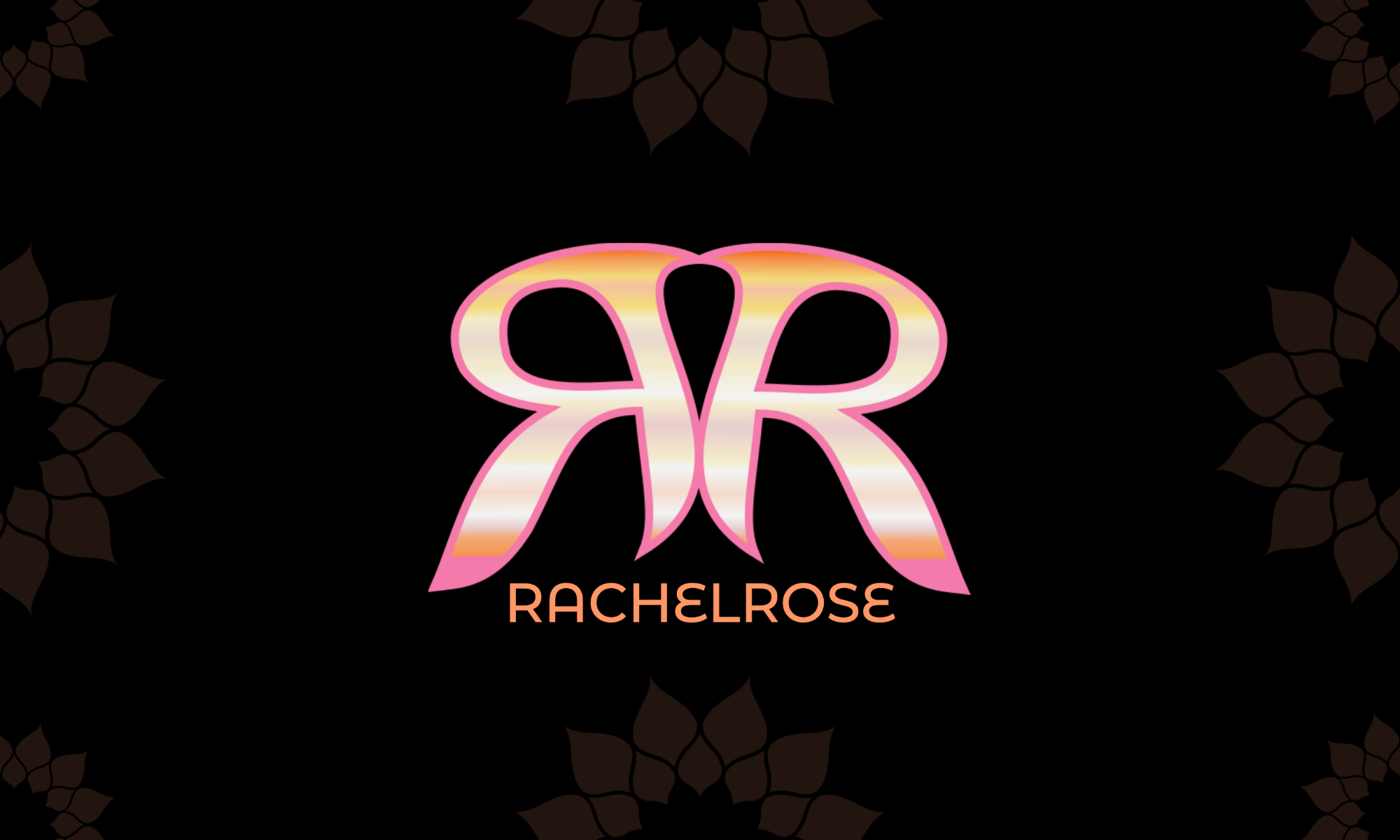Respira, canta, graba

Tabla de contenidos
- Que haces el 26 de noviembre?
- Pranayama y respiración consciente
- Calentar la voz
- Improvisación
- Meditación en silencio
- Grabación en estudio
- Como me apunto?
- Que tengo que traer?
- Horario
- Próximas fechas – Upcoming dates (click here for the English language dates 😍😍😍)
¿Qué haces el sábado 26 de noviembre?
Reserva la fecha, porque te va a encantar! ¿Quieres cantar? ¿Quieres gozar de la música? ¿Quieres liberar la voz y sentirte artista? ¿Quieres explorar tu creatividad y sanar tu sistema respiratorio a la vez? Tengo el taller para ti!
El próximo sábado 26 noviembre vamos a juntarnos en un entorno natural a pocos minutos del precioso pueblo de Altea. Ahí, bajos los pinos, con el sol suave del otoño, vamos a respira el aire puro de la costa alicantina. Con ejercicios de la respiración del yoga y del canto, iremos liberando la voz y preparándonos para montar una pequeña improvisación vocal. Después de una pausa y una meditación en silencio, iremos al estudio de grabación para grabar nuestra canción. ¡Suena guay, no?!
Respiración consciente : Pranayama
En qué consiste la respiración consciente?
La respiración consciente es simplemente una forma de prestar atención a nuestra respiración. Se considera que la respiración forma un puente entre el cuerpo y la mente. El pranayama tiene como propósito cruzar este puente con intención para llegar a unir nuestro cuerpo con nuestra mente.
Todo eso suena muy esotérico, lo sé. Hay que tener en cuenta que los fines de la práctica del yoga son muy elevados. Tienen que ver con la liberación del espíritu y cosas así. Es todo muy noble, pero a veces no queremos llegar tan lejos. Es este taller, ponemos el listón más accesible. Aquí, tan solo pretendemos observar nuestra respiración, utilizar técnicas de ritmos respiratorios y retenciones (apneas) para modificarla y probar un poco de resistencia al dióxido de carbono (CO2). Todo eso nos preparará para los ejercicios vocales.
Calentar la voz
Cómo me puedo preparar para cantar mejor?
La voz es un instrumento que necesita sus cuidados y sus calentamientos. Es fácil concluir que “no podemos cantar” si carecemos de las herramientas necesarias para preparar los tejidos de la garganta y la boca para cantar. En realidad, si puedes hablar, puedes cantar. Es cierto que no todos somos Whitney Houston, pero cada persona tiene su rango (dónde estás más cómodo en la escala musical) y su timbre (las matices de la voz, lo que la hace única). A través de ejercicios sencillos, iremos calentando nuestras voces.
Improvisación
Cantar sin partitura? Qué hago…?

¡Dejemos surgir lo que surja! Dependiendo de quienes sean los integrantes del taller, qué rangos tienen, y qué onda hay, iremos improvisando un pequeño tema. No tiene que ser muy largo, pero buscaremos la musicalidad dentro de la improvisación. Dejaremos fluir la onda creativa, quizás creando un coro, quizás dividiéndonos en diferentes sub-grupos, quizás permitiendo un canto y una respuesta, quizás utilizando la voz como instrumento en forma “scat”…quién sabe? Escucharemos y dejaremos que nos escuchen. Co-crearemos un pequeño obra que, a continuación, iremos grabando en el estudio.
Meditación en silencio
El silencio y el sonido son opuestos y complementarios
Mientras se prepara el estudio, el grupo tomara un descanso. Se puede sentarse en postura de meditación, se puede usar el aseo, se puede tomar en té, pero todo en silencio. El trabajo del silencio es imprescindible para quien quiere cantar desde su interior. Tan solo a través del silencio y la escucha logramos percibir todas las matices de nuestra voz.
Grabación en estudio
Iremos al estudio de grabación para hacer unas tomas de voz con el micrófono y el programa de edición musical, Ableton Live. No te asustes, la parte técnica estará preparada para ti. Tan solo tendrás de acercarte al micrófono y cantar tu parte.
¡Ojo! Si quieres estar en el estudio mientras graban los demás, se puede, pero siempre en silencio. Si sientas la necesidad de hablar, habrá sitio afuera. Evitaremos entrar y salir mientras estamos grabando, para no perder tiempo y para no distraer a los demás. Al cabo unos 90 minutos, lo que hay, hay. Posteriormente, haré un poco de edición y cada integrante quedará con una copia de la canción.
Como me apunto??
Suena genial! Como me apunto?
Para guardar tu plaza, hay que hacer un Bizum de 20€ al teléfono 667997532 (Rachel Rose) indicando tu nombre y teléfono. El resto puedes pagar en el mismo día. Si decides por cualquier motivo no acudir al taller, guardaré tu aportación para las próximas fechas. Si lo tienes claro que vendrás, puedes ingresar el importe total (35€), claro.
Si te has quedado con alguna duda, mándame un Whatsapp al mismo teléfono y programaremos una llamada. Soy terapeuta y no atiendo al teléfono cuando estoy trabajando, por lo cual es posible que llamadas sin programar no estarán atendidas en el momento.
Una vez que te das de alta, te daré las indicaciones para llegar y la ubicación.
Que tengo que traer?
Una manta, un cojín, agua, un cuaderno y un boli. Y, claro, ganas de pasarlo bien con gente molona! 🤩🥳
Horario del Taller:
- 10:00 – 10:30 Llegada
- 10:30 – 10:45 Introducción y presentación de los integrantes
- 10:45 – 11:30 Pranayama y ejercicios vocales
- 11:15 – 11:45 Improvisación
- 11:45 – 12:00 Meditación en silencio
- 12:00 – 13:30 Grabación en estudio con Ableton Live (mientras que unos están grabando, los demás pueden seguir ensayando sus partes)
Próximas fechas
El taller se impartirá en inglés el sábado 28 de enero y en español el sábado 25 de febrero. The workshop will be presented in English on 28th January and again in Spanish on 25th February.











